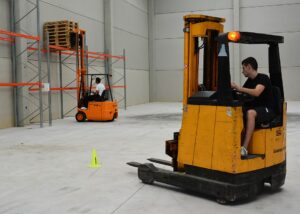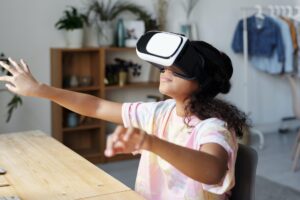Humans use vision, feedback from muscles and joints (proprioceptive), and semicircular canals in the ear (vestibular) to keep balance. To assess balance, physical tests, such as treadmills, have been used traditionally, but they have proven to be unsafe and inaccurate.
Nevertheless, a Bath’s CAMERA motion capture research centre team set out to investigate how VR could help assess and train balance in older adults. Bath University’s Dr Pooya Soltani worked alongside Renato Andrade, from Clínica do Dragão, Espregueira-Mendes Sports Centre, FIFA Medical Centre of Excellence in Portugal for the research.
The team reviewed data from 19 studies to evaluate the validity, reliability, safety, feasibility, and efficacy of using head-mounted display systems for the purpose and published the results in the journal Frontiers in Sports and Active Living.
“Our pipeline included photogrammetry for realistic avatars, motion capture for driving the avatar and updating the visual scene inside the headset, and the game engine for adding extra elements to the VR scene,” said Dr. Soltani.
Soltani explained that VR could be deployed to simulate life-like scenarios such as crossing a street or a video game where patients move through a maze while performing other cognitive tasks. However, the team discovered that the system’s complexity could hinder balance, particularly in vestibular patients.
“In these cases, simple scenarios with fewer elements are preferable, and we can increase the complexity of the system as patients gain more experience. Therefore, depending on the purpose of the study, age, and severity of disease of the users, we are able to create realistic and simple avatars,” Soltani said.
The technology undoubtedly has great potential, but it is not yet ready to be fully deployed for rehabilitation. In addition, work needs to happen to reduce motion sickness that users might experience and enhance the system’s power and portability.
Follow us on LinkedIn
Read other Articles




